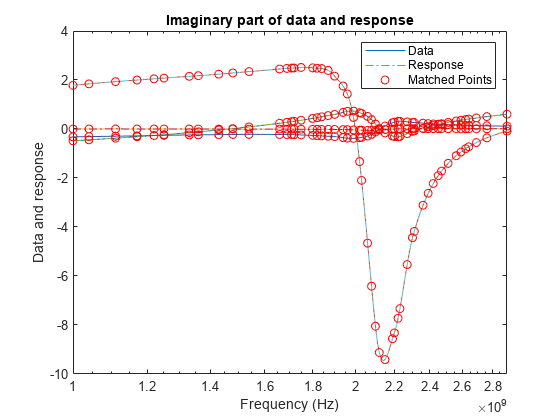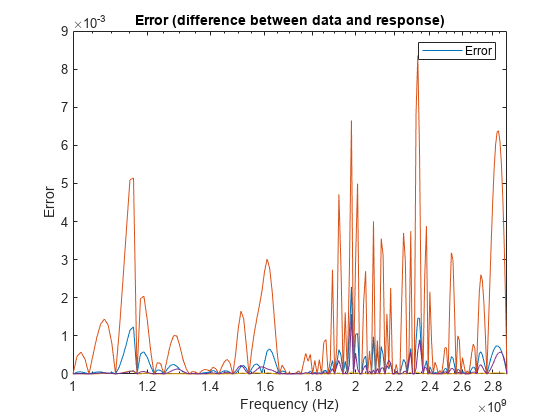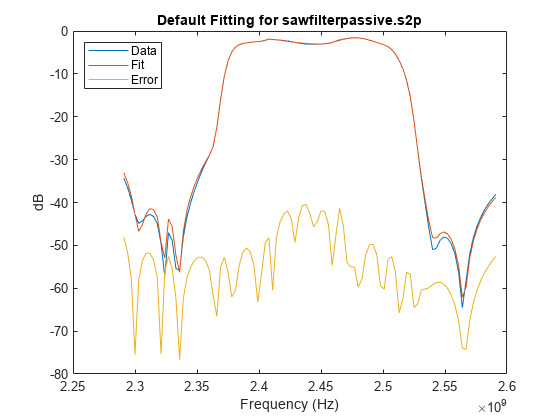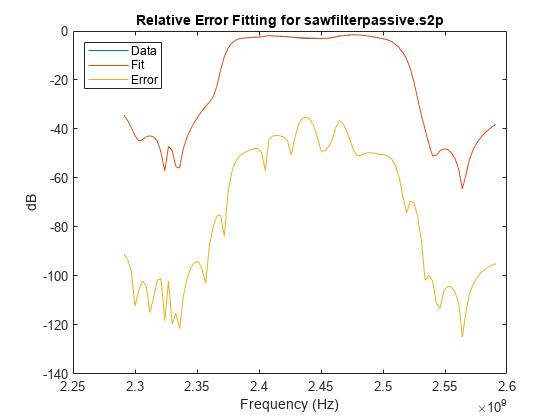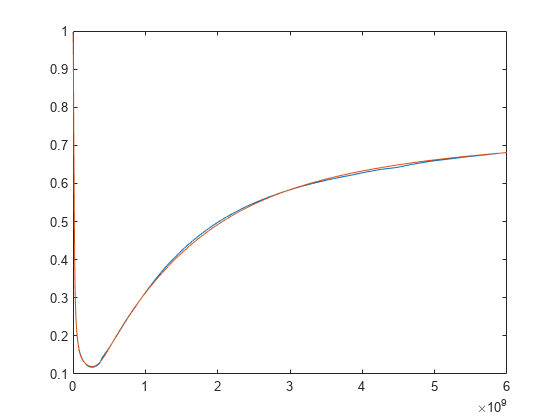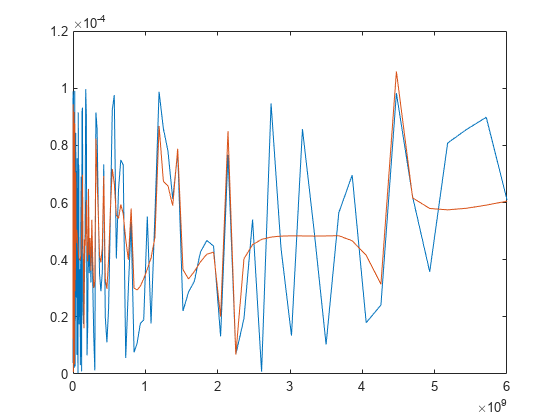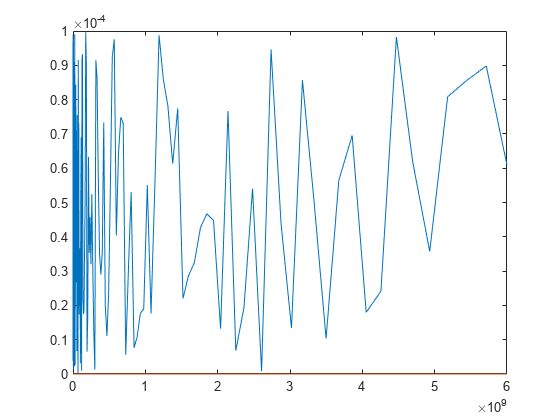rational
Perform rational fitting on complex frequency-dependent data
Since R2020a. Recommended over rationalfit.
Description
Use the rational object to perform rational fitting on
complex frequency-dependent data. This object uses a non-iterative interpolatory
algorithm to construct a fit with complex frequencies s. The fit of
the each element of the rational object is given by this equation:
Creation
Syntax
Description
fit = rationalrational object with default
properties.
fit = rational(filename)filename.
fit = rational(___,tol)tol
when performing rational fit.
fit = rational(___,Name=Value)rational
object. You can also set the NumPoles, Poles, Residues, and DirectTerm properties (since R2023a) using name-value
arguments. For example, fit = rational(s,MaxPoles=1002)
sets the maximum number of poles for the fit. Specify name-value arguments
after any of the input arguments from the previous syntaxes.
[
also returns the error of the fit fit,errdb] = rational(___)errdb.
Input Arguments
Properties
Object Functions
timeresp | Time response for rational objects |
stepresp | Step-signal response for rational object and rationalfit function
object |
freqresp | Frequency response of rational object and rationalfit function
object |
pwlresp | Calculate time response of piecewise linear input signal |
impulse | Impulse response for rational function object |
ispassive | Return true if rational fit output is passive at all frequencies |
makepassive | Enforce passivity of rational fit |
passivity | Plot passivity of N-by-N rational fit output |
generateSPICE | Generate SPICE file from rationalfit of
S-parameters |
abcd | Construct state-space matrices from rational
object |
zpk | Compute zeros, poles, and gain of rational object |
Examples
References
[1] Nakatsukasa, Yuji, Olivier Sète, and Lloyd N. Trefethen. “The AAA Algorithm for Rational Approximation.” SIAM Journal on Scientific Computing 40, no. 3 (January 2018): A1494–1522. https://doi.org/10.1137/16M1106122.

